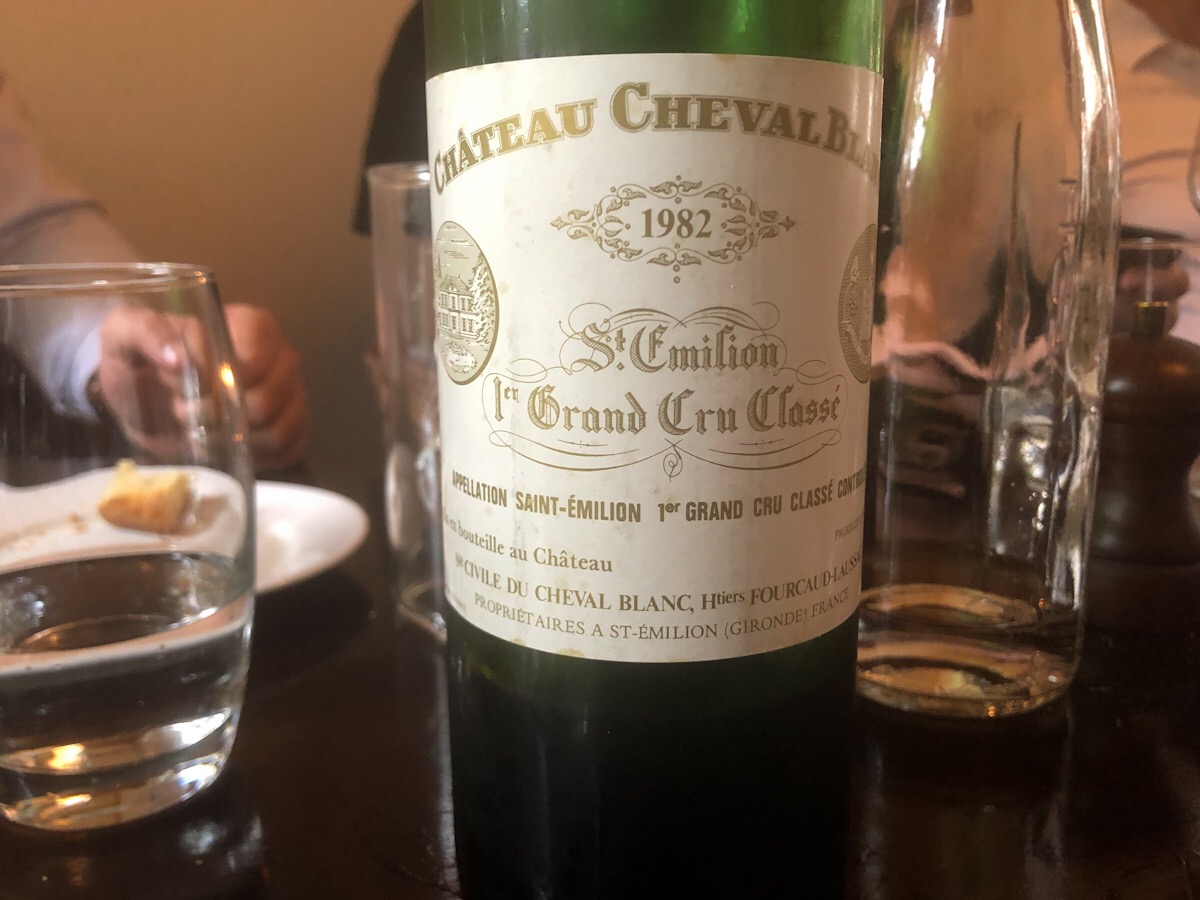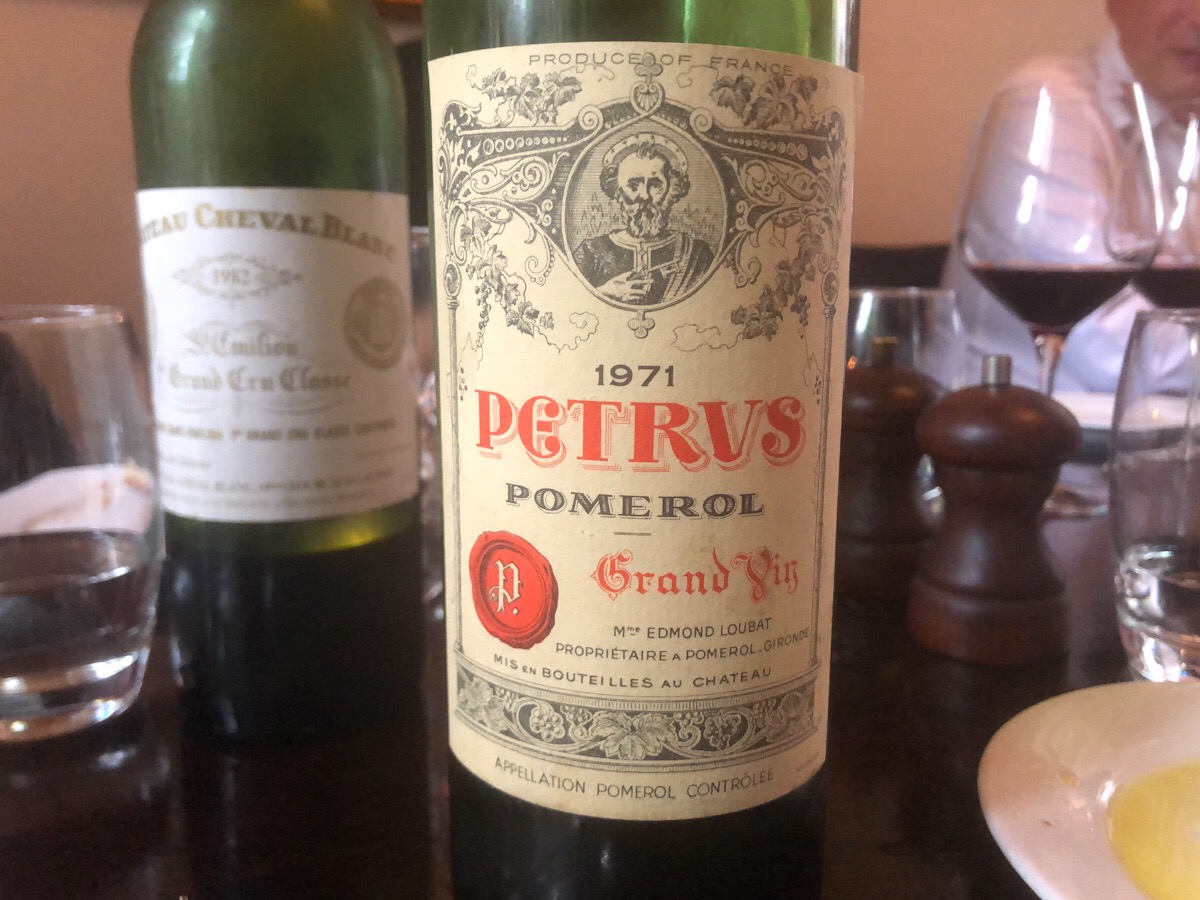Not many people know this, but I am a member of the Commanderie de Bordeaux in Copenhagen (although honestly, I see little use for this membership).
Bordeaux can be lovely but, sadly, rarely is these days, with global warming pumping up its wines to 14.5% or 15% … even 16%!?
That said, this week I had the pleasure of tasting three Bordeaux at a lunch event: Lafleur 1998, Cheval Blanc 1982 and Petrus 1971.
All more than agreeable, they ranged from young and relatively new school to old and relatively old school.
So what are we drinking?
The right bank galore
Let’s start with the young and vivid: Lafleur 1998. By my standard this is a young wine, as I stopped buying Bordeaux in the 1995 vintage.
—
The Lafleur 1998 is a refined wine with a silky mouth feel. Classic style .. yet somehow more delicate than the Petrus 1971. Lovely density and, although young, it’s nevertheless already very enjoyable. A new-school wine which will nonetheless provide enjoyable drinking over the next 15-20 years. (95 – 96p) and Outstanding
—
The Cheval Blanc 1982 is open for business, with a complex and sensual nose. The bouquet has the perfumed style of 1982, yet despite its refined expression the palate is powerful and perfectly balanced. Borderline older school, but in the end the sheer charm of 1982 is just so dominant. This is a truly delightful Cheval Blanc. (97p) and Extraordinary
—
Last but not least an old school – or should I say “my school” – Bordeaux.
The Petrus 1971 is a perfect marriage between expressive and charming notes and an introverted, tannic side which offers balance and complexity to the wine. The nose is explosive, offering sous-bois, shoe polish and layers of deep fruit. It’s a wine of great density and it shows its darker and tannic side. It is fully mature, but will no doubt offer fine drinking over many more years. A great Petrus. (98p) and Extraordinary
Old or new school .. in my book
There are presumably several definitions of old- and new-school Bordeaux, so let me give you mine:
Old-school Bordeaux has a tannic balance. The tannins are a big part of the wine and its character. This usually means the wine was made before the mid 1990s, when the focus for many producers shifted towards phenolic ripeness.
One could say that Bordeaux was already turning soft in the 1980s – and perhaps there is some truth to this statement. I still feel tremendous pleasure, however, in tasting the likes of Haut Brion 1989 and Cheval Blanc 1982.




 - A true vin d’émotion – a Burgundy of passion
- A true vin d’émotion – a Burgundy of passion - A truly hedonistic wine – lively and enjoyable
- A truly hedonistic wine – lively and enjoyable - A vivacious wine for pure indulgance
- A vivacious wine for pure indulgance - A potential vin d´émotion - frais et léger
- A potential vin d´émotion - frais et léger
Leave a Reply
You must be logged in to post a comment.